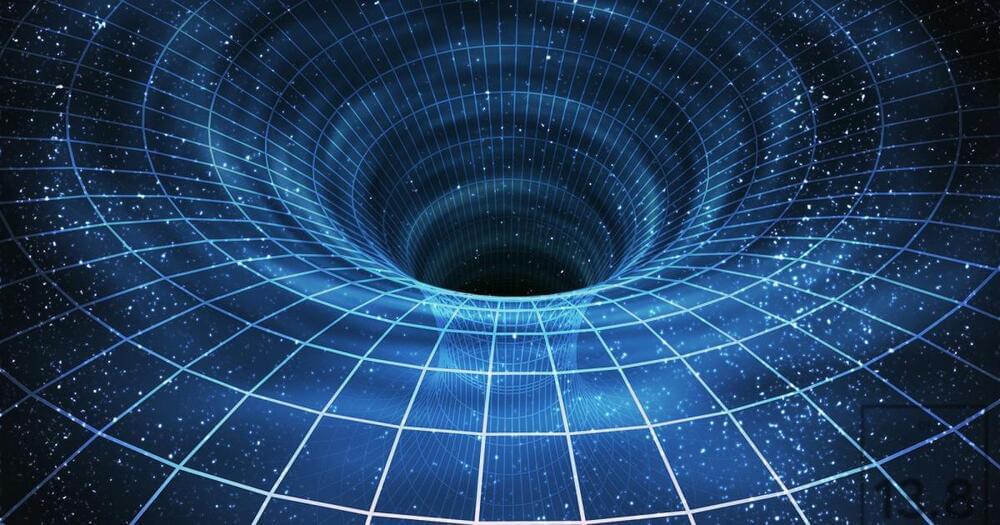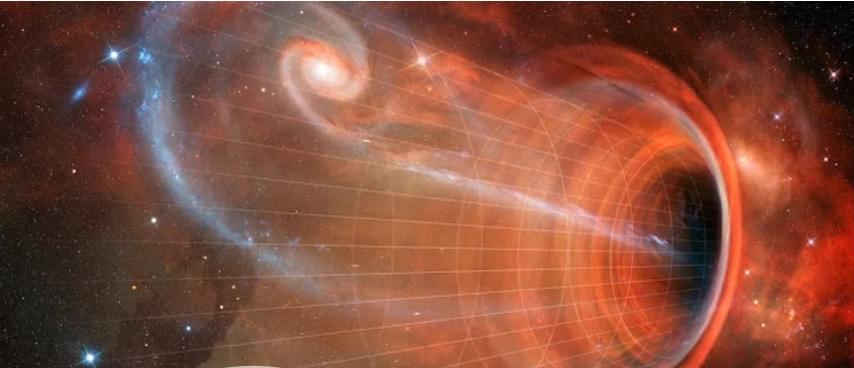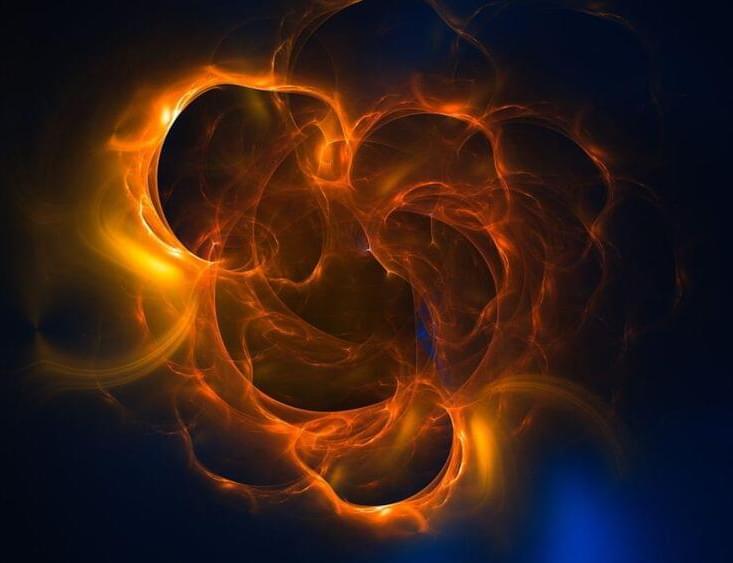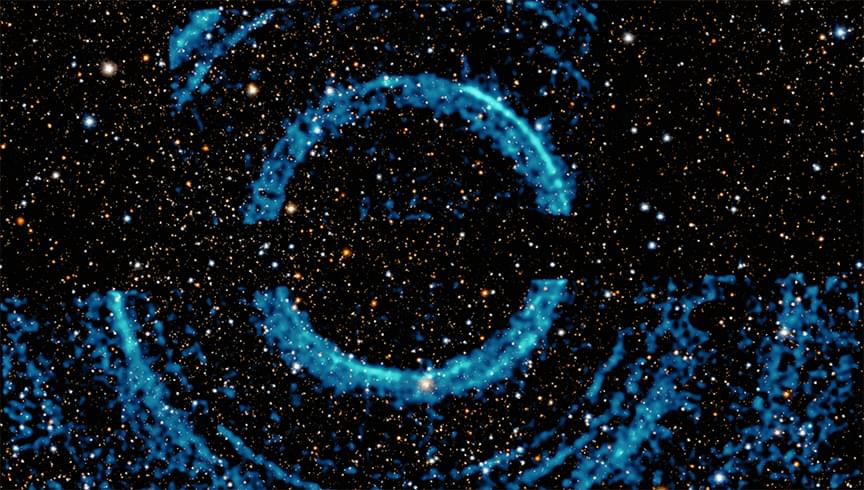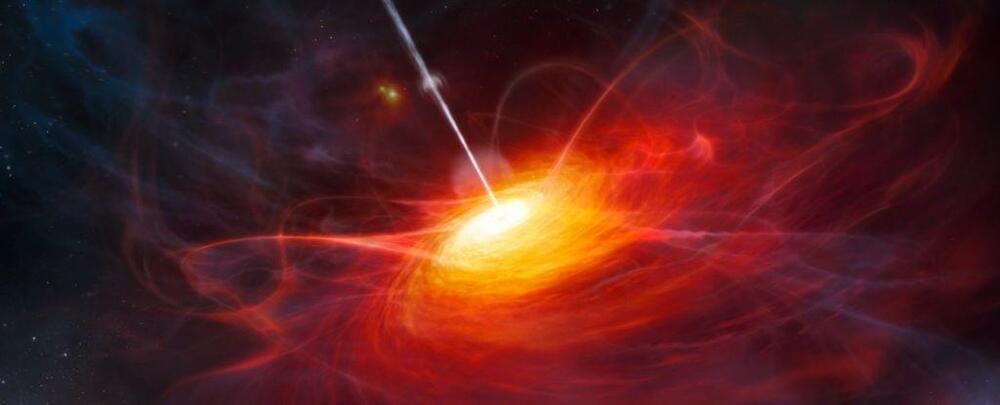This could help us probe into the lesser-known field of quantum gravity.
A collaborative team of researchers in the U.S. created a holographic wormhole and sent a message through it. This is the first known report of a quantum simulation of a holographic wormhole on a quantum processor.
However, the two theories are fundamentally incompatible and the holographic principle is a guide that can help us combine the two.
Metamorworks/iStock.
Einstein’s theory of general relativity helps us to understand the physical world such as astronomical objects with high energies or matter densities. Quantum mechanics on the other hand, describes matter at atomic and subatomic scales.

